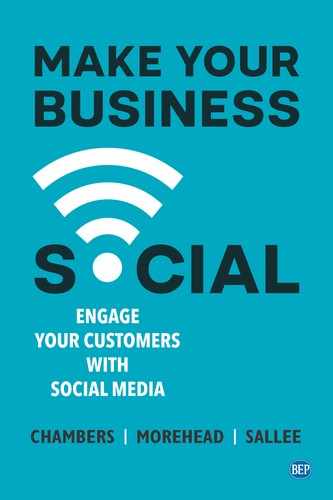In our social media work with businesses, we have seen the most success on Facebook. Facebook has the biggest reach of any other platform, with more than 2 billion monthly active users from all over the world. The stats reinforce what we’re saying. Facebook remains the top platform for small businesses, with 98 percent of B2C and 89 percent of B2B companies using it to promote their products and services.1
Why is Facebook a favorite? Not only is the audience massive, but it also allows for freedoms other social platforms don’t necessarily offer. You can opt to share a funny meme to get a few giggles, which would not go over as well on a platform like LinkedIn. You can start a fun poll to get readers involved; you can easily post a simple visual with just a few hashtags; you can share a news article you think your readers would be interested in; and you can even keep things stripped down with a text-only post. The variations of what you can do with Facebook make it incredibly versatile.
The Basics
Setting up your Facebook page is relatively straightforward, but the devil is in the detail. Be sure the description and graphics you use on your Facebook page represent you in the most personable, interesting, and unique way possible. Facebook does a good job of walking you through the setup of your page. We’d like to add a few more tips:
- Make your “About” section pop—it’s the first impression you are making with your audience.
- Provide a clear overview of your business that shows the essence of your company’s personality and brand.
- Make sure all the details about what you do are accurate and that there aren’t any little errors.
- Use easily searchable keywords that define your business.
- Think about your call-to-action buttons and make sure you’re using the best one for your business.
- Allow people to leave reviews and make them public so people can see the good work you do.
Get Noticed on Facebook
Whether you’ve had a business Facebook page for years or are just dipping your toe into these waters, here are helpful tips to keep in mind to get noticed and start to build your audience:
- Reach out to your personal network to encourage them to like your business page.
- Put a prominent link to your Facebook page on your website, as well as in the signature lines of your official company e-mails.
- Highlight customer reviews and work you have done in the past. Be sure to tag your customers in the post so they’ll see it.
- E-mail your customer list to ask them to like your Facebook page. Consider any incentives you could offer to encourage them to follow your content.
- Be creative in what you post, and don’t forget about offering infographics, free e-books, and webinars to enhance your content.
- Interact with your customers by spreading their content, getting back to them promptly in Messenger, and having fun in the comment sections.
- Share content from other businesses that could refer you to new clients.
- Tag your employees in pictures of what you do each day.
- Post pictures and videos that reflect what you do and are authentic to your brand.
- Use Facebook Live to offer a video tutorial of one of your products or services.
- Run a giveaway or a contest for something that is desirable for most of your customers, and incentivize them to like, share, or comment.
The great thing about Facebook is that you’ll find new ways every day to get your name out there. For example, consider this type of post (Figure 5.1).
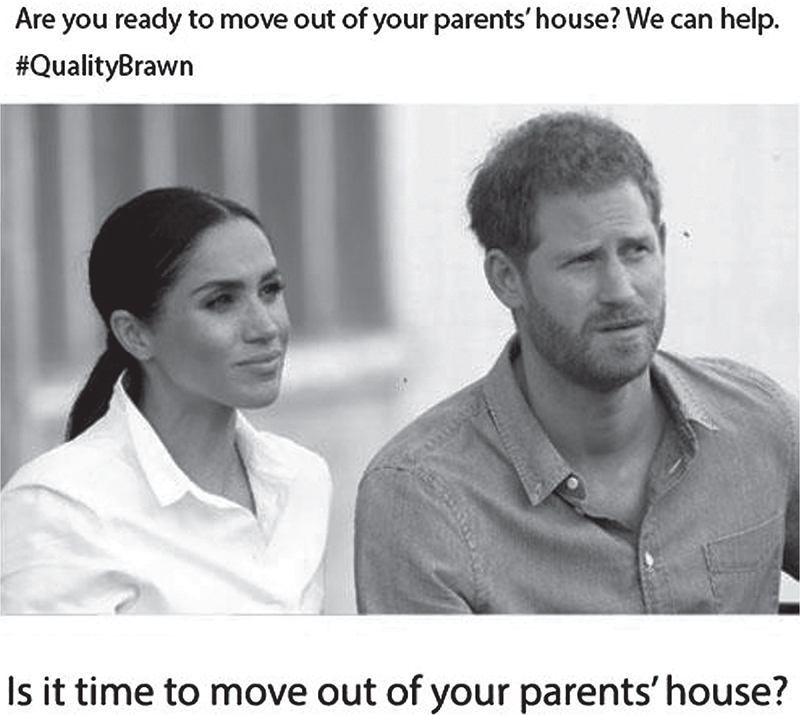
Figure 5.1 At the time these former royals were moving out, a moving company made this relevant post
With this meme, a moving company not only used something topical that was at the top of everyone’s news feeds, with the duke and duchess of Sussex announcing they were stepping back from their royal responsibilities, but they also used it as an opportunity to highlight their industry. It showcases their humor but also that they are a professional moving company that can help if you emulate the royals and move away from home.
Grow Your Audience
Once you have started developing a following, how can you continue to develop it organically? It’s essential to be strategic to develop a following. There is no purpose in having a large audience if they aren’t engaging with your posts or if there is no chance of them becoming customers in the future.
If you have not defined your ideal target audience(s), now is an excellent time to start. We had talked before about identifying your target audience, and it’s relevant to think of that again as you look to grow your audience on Facebook. Ask yourself questions such as the following:
- What is the average age of your customers?
- Is your audience mostly male, mostly female, or mixed genders?
- What problem does your product or service solve for your customers?
- What geographic area do most of your customers live in?
- Is your product or service transactional in nature, or does it fulfill a lifestyle interest?
- What groups of people are interested in your product or service?
- What kind of hobbies are people into who like your business?
With these questions answered, you continue to know your audience. For example, if you know that you are targeting homeowners who need professional plumbing services, you’ll have a good idea of what is going to catch these customers’ eyes when you are posting content on Facebook. Would a 30-something couple with two young children be interested in reading an article on how to clean a bathroom when you have roommates? Probably not. They are going to be more interested in an article that outlines what happens when kids flush their toys down the toilet.
Knowing your audience is the secret to growing the audience! Otherwise, you may see a few likes on your page, but there’s no guarantee they’ll be interested in using your services or products.
Post Compelling Content
Another way to attract and retain a large following on Facebook is to share content that resonates with people or provides them with some kind of value. Everything you post should educate, inform, or entertain your audience members. Don’t waste people’s time or insult their intelligence with boring or irrelevant information.
Imagine you are at a party and somehow you end up stuck in a conversation with another guest who only seems to know how to talk about himself. He rambles on and on, loving the sound of his voice and barely letting you get a word in edgewise. When you do finally get a chance to speak up, the other guest doesn’t show any signs of listening to you or being interested in what you have to say. Would you remain in that conversation all night? Chances are good you’d be looking for a way to get out as quickly as possible.
Now, picture yourself at the same party, but instead of talking to a crashing bore, you get lucky and meet someone interesting. This person is an excellent conversationalist who always has a witty remark or exciting story to share and takes time to stop and ask you what you think or if you have ever been in the same situation. You’d probably enjoy your time with that person and may even make plans to meet up with them again in the future.
Think about sharing content on social media as if you are a good party guest. Your goal should be not only to keep the conversation going with funny anecdotes or thought-provoking questions, but also to ask your audience to respond with stories of their own. Don’t always talk about yourself or make every post a sales pitch. On Facebook, just as in real life, nobody is interested in people who seem self-centered.
Remember, the word we use most often when we talk about publishing content on Facebook is sharing. People who share are generous and open-minded, not rude or conceited. Keeping that in mind, here are some ideas for Facebook content your audience will find valuable:
- Industry infographics, whitepapers, e-books, or videos
- Blog posts that are relevant to your customers’ needs or problems
- Entertaining content such as a joke or a meme that pertains to your industry
- Content from other local (noncompetitor) businesses
- Positive news stories about the city or region where you do business
- Photos of your employees interacting with customers or volunteering in the community. These show a more personal and relatable side of your business, instead of trying to promote your products or services (Figure 5.2).
- Entertaining content such as a joke, meme, or even conducting a poll like the example below. While it does not relate to the business at all, it is fun, and anyone who sees it can vote (Figure 5.3)!
- Content from other local (noncompetitor) businesses, such as the example below, in which the movers not only tagged the company that provided them with service, but also included a website link for the other local business. It’s an excellent way to build goodwill within the community (Figure 5.4).
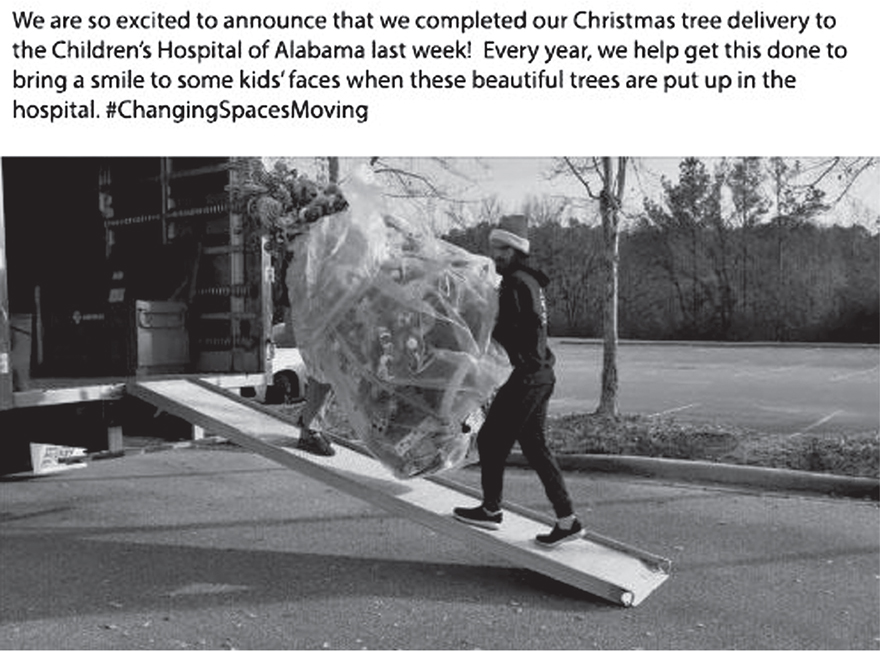
Figure 5.2 A Christmas tree delivery makes people smile
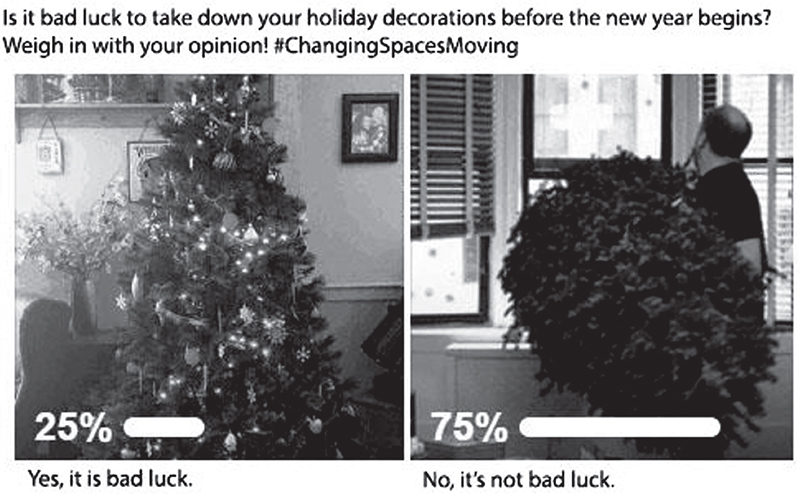
Figure 5.3 A poll on Facebook helps people connect and interact
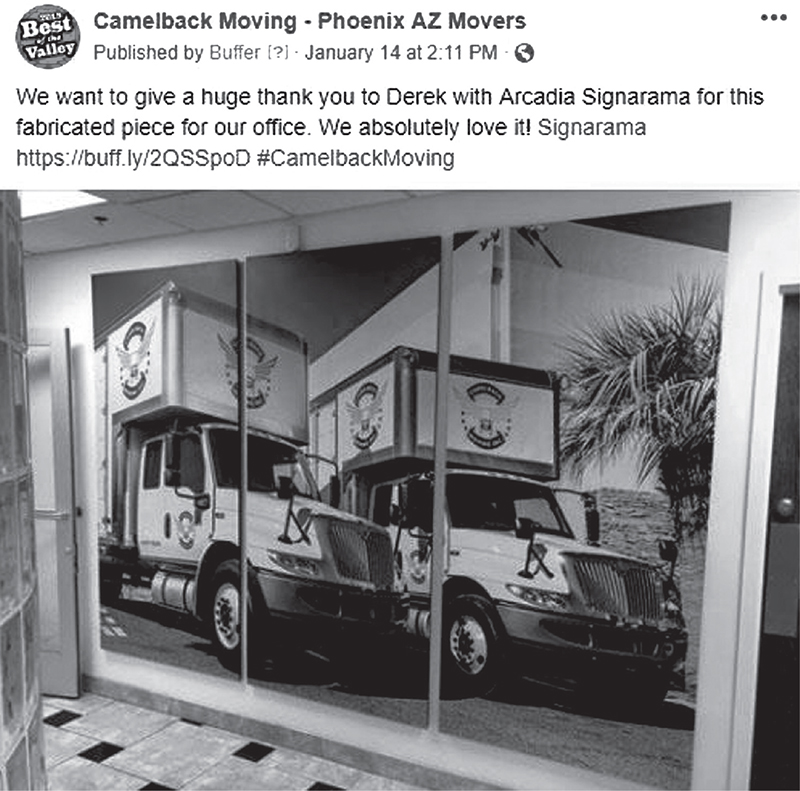
Figure 5.4 You can build goodwill with partners by posting about them with a link
When posting, include graphics wherever you can. Photos, videos, and even GIFs are inherently eye-catching and can make a world of difference between content people click on and engage with and information they overlook (review Chapter 4 for more details on creating professional-looking visuals, even without a design background).
Also, consider the times of day your target audience is most likely to be online. For example, if you notice you are getting markedly more engagement on content you share in the afternoon than you do in the morning, it makes more sense for you to prioritize publishing your most educational or impactful information after lunch, when people are most likely to see it.
By the same token, try not to undershare or overshare. If you post only once a week, your audience might forget about you, but if you are posting 10 times a day, you might annoy people who assume you are desperate for attention. It may take you some trial and error to find the “sweet spot” for how frequently to post, but let your audience response and reaction be your guide.
In our experience writing for local businesses, we’ve found the sweet spot seems to be around three posts each week, during the middle of the day and during the weekdays.
How to Advertise on Facebook
Once you have established a business page on Facebook, you will start noticing ways to advertise it. The strength of Facebook advertising lies in its versatility and the exceptional degree of customization it offers. Facebook allows users to target almost any audience in an assortment of placements—both on and off the platform—in a variety of ad formats (Figure 5.5).
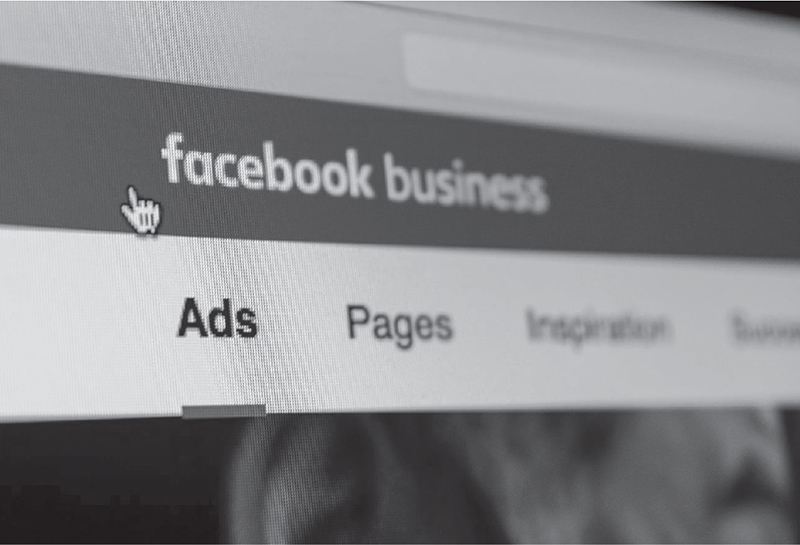
Figure 5.5 Facebook advertising is a great way to expand your business page’s audience
Crucial questions to ask yourself before you begin include:
- Is it worthwhile spending money on Facebook?
- What is the difference between a Facebook ad and a Facebook post you pay to boost?
- Do you have to be a marketing expert to succeed at Facebook advertising?
The breadth of advertising options Facebook offers doesn’t do much if you don’t take the time to figure out how to make it work for you. If you’ve never advertised on Facebook, don’t be intimidated. It’s more straightforward than you might think. Here are some basic tips to keep in mind as you get started.
- Begin with a low advertising budget. It’s better to cap your initial advertising at a budget of $5 or $10 per week, rather than wasting hundreds on advertising nobody responds to. Start slowly with advertising.
- Use graphics, but don’t put too much text on them. Most Facebook-approved ads have graphics with minimal text overlays. If you go overboard with text on the graphic, Facebook might not approve the ad, or it will perform poorly.
- When in doubt, do your homework. You’ll find a community of helpful Facebook users who will be happy to answer your questions and give you their advice on what has worked and not worked for them.
No matter what your current objectives are, Facebook advertising can bring a strong return on investment. Here are some additional do’s and don’ts to keep in mind as you move forward.
- Video is a vital marketing tool—especially when creating ads people will want to interact with. Videos give you more flexibility in how you present your message and pack a visual punch that text-only ads can’t hope to match.
- Create multiple sets of ad copy. Focus on the same message with each set of ads, but experiment with different tones. You can use Facebook’s split-testing feature to determine what your audience responds to best.
- Don’t pay for likes and follows on your page. There are “black-hat” techniques and options that can negatively affect your business, and we don’t suggest using them. You can run an advertising campaign through Facebook to continue to attract new likes on your page through targeting.
- Choose how you want to reach users. You have several options to reach users and attract likes, both on and off Facebook, including Instagram and the audience network. You can also decide if you’d prefer to have your ads appear on desktop, mobile, or both.
- Create lookalike audiences. You probably have some clients that bring higher value than others. Create a custom audience of these users, and then use it to make a lookalike audience. Looking for potential customers who are like the high-value clients you already have presents an irreplaceable opportunity to find more of the customers who are valuable to your business.
So, is Facebook advertising worth your money? Advertising with Facebook allows you to get highly targeted, which is a boon if you are trying to grow your reach, but you need to be smart about it. Start small and experiment to find what works best for your business. If you want to post an ad, create one, and don’t forget to check back on it periodically.
If you see an ad you posted is performing exceptionally well, boost it to see even better results. If a post is garnering high engagement, don’t be afraid to boost it to expand its reach to a broader audience. Facebook offers these relatively affordable tools to help people reach a broader audience, and you can take advantage of them with a disciplined approach.
Chapter 5: Key Takeaways
After reading this chapter, what should you understand?
- Facebook is still the world’s largest social platform, with 2 billion monthly active users worldwide.
- Facebook is highly versatile and allows for many different types of posts.
- Take time to get to know your audience, so you can share the content that’s most relevant and engaging.
- Don’t make every post a sales pitch. Mix it up with content that shows a more personable side of your business. Use graphics wherever possible.
- It may take some trial and error to find the ideal times of day and frequency to post content.
- You can create Facebook ads to get highly targeted with your audience. Facebook advertising doesn’t have to be expensive. You can reach hundreds of people for a few dollars per day.
1https://www.viidigital.com/41-facebook-stats-that-matter-to-marketers-in-2019/
